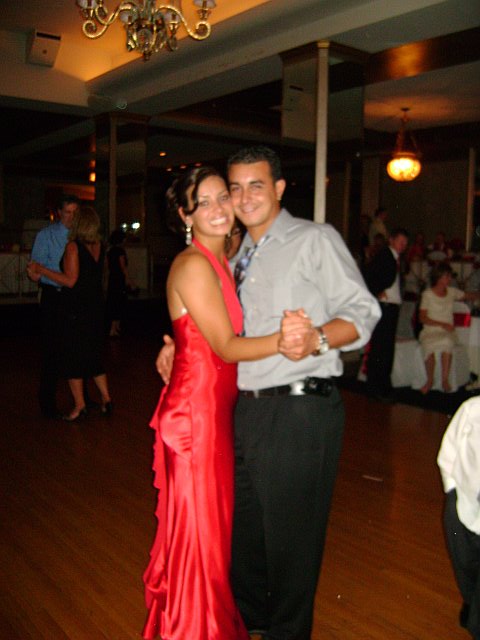ePals is a very user friendly, safe, and secure site. It is an awarding winning, up to date, safe technology program that links you and your classroom anywhere around the world! It is very specific as well. If you’re looking for a classroom working on a certain project, maybe on weather, government, elections, maps, habitats, it is available to you. They even have a tutoring program for 3rd-5th graders to help them enhance their writing skills with an authorized adult as a pen pal.
They offer Volunteerism within ePals around the world, they have video conferences, video exchanges, offer collaboration opportunities, and you can learn about culture in the midst of it all. ePals seems to good to be true. It even offers eMentoring which is open to U.S. classrooms free of charge, curriculum-aligned, and is focused on building reading comprehension, critical thinking and writing skills. How great to be able to refer your students to this over the summer!
Another global cooperation site is Global Schoolhouse. Their mission is as stated, “Global School Net's mission is to support 21st century learning. We engage teachers and students in meaningful project learning exchanges with people around the world to develop literacy and communication skills, foster teamwork and collaboration, encourage workforce preparedness and create multi-cultural understanding. We prepare youth for full participation as productive and effective citizens in an increasing global economy.” They basically do many of the same things ePals does as well as producing interactive, collaborative content and tools that are web-based or on CD-ROM, consulting services to schools, universities, businesses and government organizations, provides professional development and training materials focused on successful implementation of collaborative learning, provides conference keynote presentations and workshops for public and private school districts in Africa, Asia, Australia, Canada, Europe, South America, and throughout the United States that excite, inform and inspire! They have virtual tours that you can take your classroom on, scholarship competitions, cyber fairs and much more. I really like the fact that they professional development and training for inexperienced users.
I would use both of these in my classroom. I would use ePals for very specific projects where I can join another classroom elsewhere and work together with them. With ePals as I mentioned before you can find exactly what your looking for as well as a classroom that could cooperate with you on that exact topic. As far as Global Schoolhouse I would show faculty, staff, and parents some of the professional development and training materials focused on successful implementation of collaborative learning to get them on board as far as implementing new technology into the classroom. Once I showed them the wide base of knowledge and learning their students would be exposed to, safely, and securely, I doubt they would have one concern.
As far as a tool to use in conjunction with the sites, I would use Skype, a synchronous tool that allows you to connect live over a VOIP software that support audio and videoconferencing. I could call one of the classrooms I collaborated with through either ePals or Global Schoolhouse and allow my students to talk individually or in groups to work on projects, discuss certain aspects of their classrooms, and to just to get to know each other. Also with skype, we can share our finished projects with each other and have each class view what the other classrooms turned out like. It would be a great culminating experience for the students.

 Twitter is without a doubt everything everyone claims it to be. If you have easy access to your computer than you as well have easy access to everything and everyone else your interested in and knowing about. It is like a constant page from our "back in the day newest form of technology", the pager! Instead, though, it is quicker, faster, and way better! The immediacy and access you have to the unlimited amounts of information there is mind boggling, but it is there if you want it. Who wouldn't want it?!?! At first I didn't realize the difference between Twitter and AIM but now it is plain as day and Aim is kind of like those old pagers, don't you think?
Twitter is without a doubt everything everyone claims it to be. If you have easy access to your computer than you as well have easy access to everything and everyone else your interested in and knowing about. It is like a constant page from our "back in the day newest form of technology", the pager! Instead, though, it is quicker, faster, and way better! The immediacy and access you have to the unlimited amounts of information there is mind boggling, but it is there if you want it. Who wouldn't want it?!?! At first I didn't realize the difference between Twitter and AIM but now it is plain as day and Aim is kind of like those old pagers, don't you think?
 This network is awesome! It is another social network for educators to discuss and swap ideas and share anything in regards to new tools that are out there from the basics of PowerPoint (no offense) to Web 2.0 (which I am just learning about). It is a really good fit for me because I have access to educators from everywhere and am learning what is "new" in other areas that I don't yet know of. I just got a really great quote from a blog discussion on "How are you using technology in your classroom?" One of the response included "Technology won't replace teachers. But, those teachers that use technology in their classrooms will replace those teachers that don't." I couldn't agree more and I feel that this network will keep me where I need to be as far up to date on technology as well as even helping me out with this class!
This network is awesome! It is another social network for educators to discuss and swap ideas and share anything in regards to new tools that are out there from the basics of PowerPoint (no offense) to Web 2.0 (which I am just learning about). It is a really good fit for me because I have access to educators from everywhere and am learning what is "new" in other areas that I don't yet know of. I just got a really great quote from a blog discussion on "How are you using technology in your classroom?" One of the response included "Technology won't replace teachers. But, those teachers that use technology in their classrooms will replace those teachers that don't." I couldn't agree more and I feel that this network will keep me where I need to be as far up to date on technology as well as even helping me out with this class!





